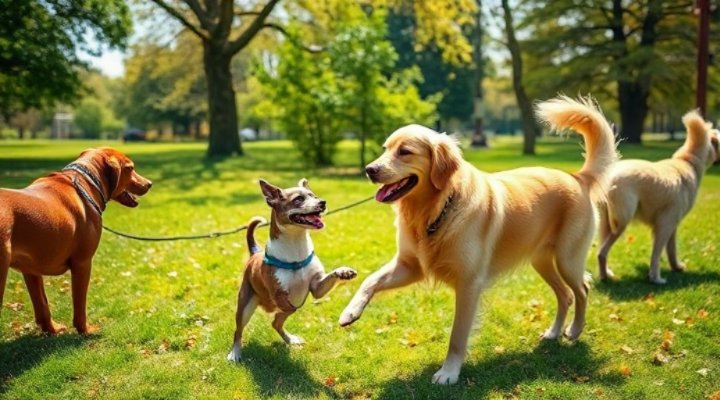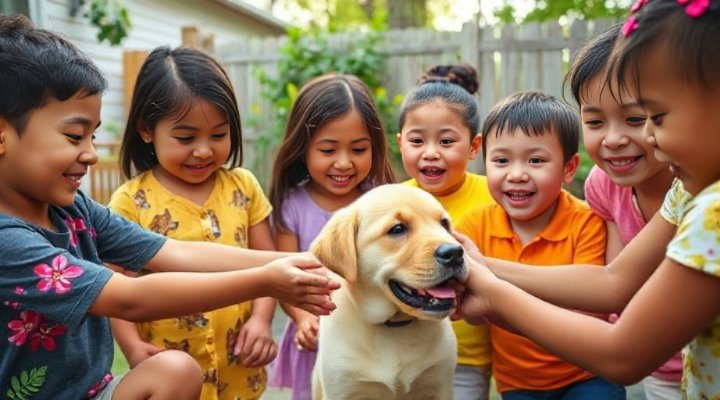Dog socialization is one of the most important aspects of raising a well-behaved and friendly pet. Whether you have a new puppy or an adult dog, proper socialization can make a world of difference in their behavior and overall happiness. In this article, we’ll share essential dog socialization tips to help your furry friend interact positively with other dogs and people.

Why Dog Socialization Matters
Socializing your dog is not just about making them friendly; it’s about ensuring they feel comfortable and confident in various situations. A well-socialized dog is less likely to develop fear or aggression towards other animals or people. According to the American Veterinary Medical Association, early socialization can prevent behavioral problems later in life.
Puppy Socialization: Start Early
Puppies are like sponges, absorbing everything around them. The prime socialization period for puppies is between 3 and 14 weeks of age. During this time, expose your puppy to different environments, sounds, and people. For more on puppy training, check out our guide on Tricks to Teach Puppy.

Adult Dog Socialization: It’s Never Too Late
If you’ve adopted an older dog, don’t worry—it’s never too late to socialize them. Start slowly and be patient. Use positive reinforcement to reward calm behavior around other dogs and people. Our article on Effective Methods for Training an Older Dog offers great tips.
Dog Socialization Classes
Consider enrolling your dog in a socialization class. These classes provide a controlled environment where your dog can interact with others under professional supervision. Learn more about the benefits in our post on Dog Socialisation Classes.

Tips for Successful Dog Socialization
- Start slow and gradually increase exposure
- Use treats and praise to reinforce positive behavior
- Monitor your dog’s body language for signs of stress
- Introduce new experiences in a calm and controlled manner
Remember, every dog is different. Some may take to socialization quickly, while others need more time. Be patient and consistent.

Common Socialization Challenges
Some dogs may show fear or aggression during socialization. If your dog struggles, consult a professional trainer. Our article on Train Dog Not to Bite can help with specific issues.
Final Thoughts
Socializing your dog is an ongoing process that requires patience and consistency. By following these dog socialization tips, you’ll help your pet become a well-adjusted member of your family and community. For more training advice, explore our Dog Training Tricks Guide.
Related Keywords: dog socialization, socializing your dog, puppy training, dog behavior, dog training tips
